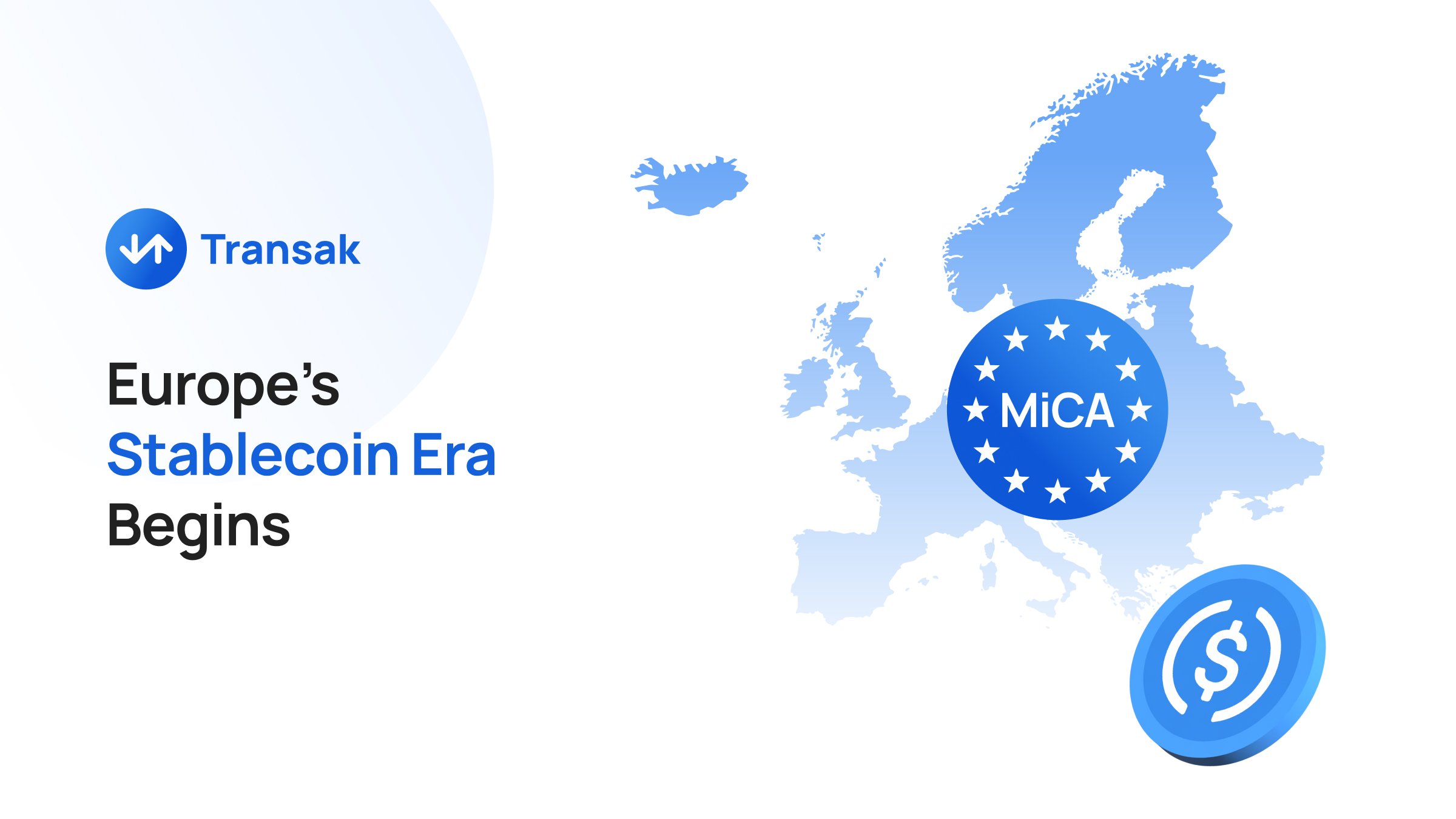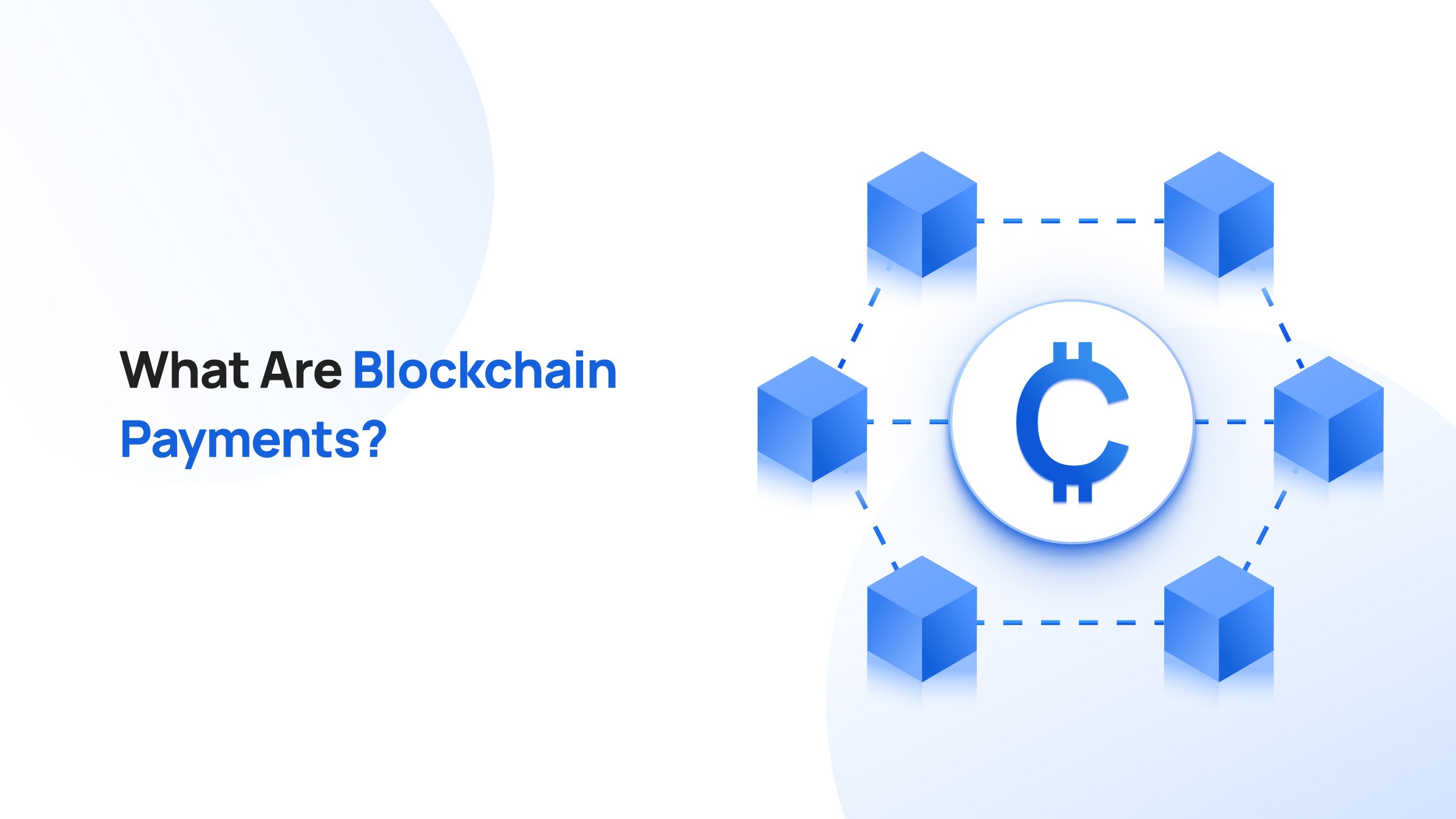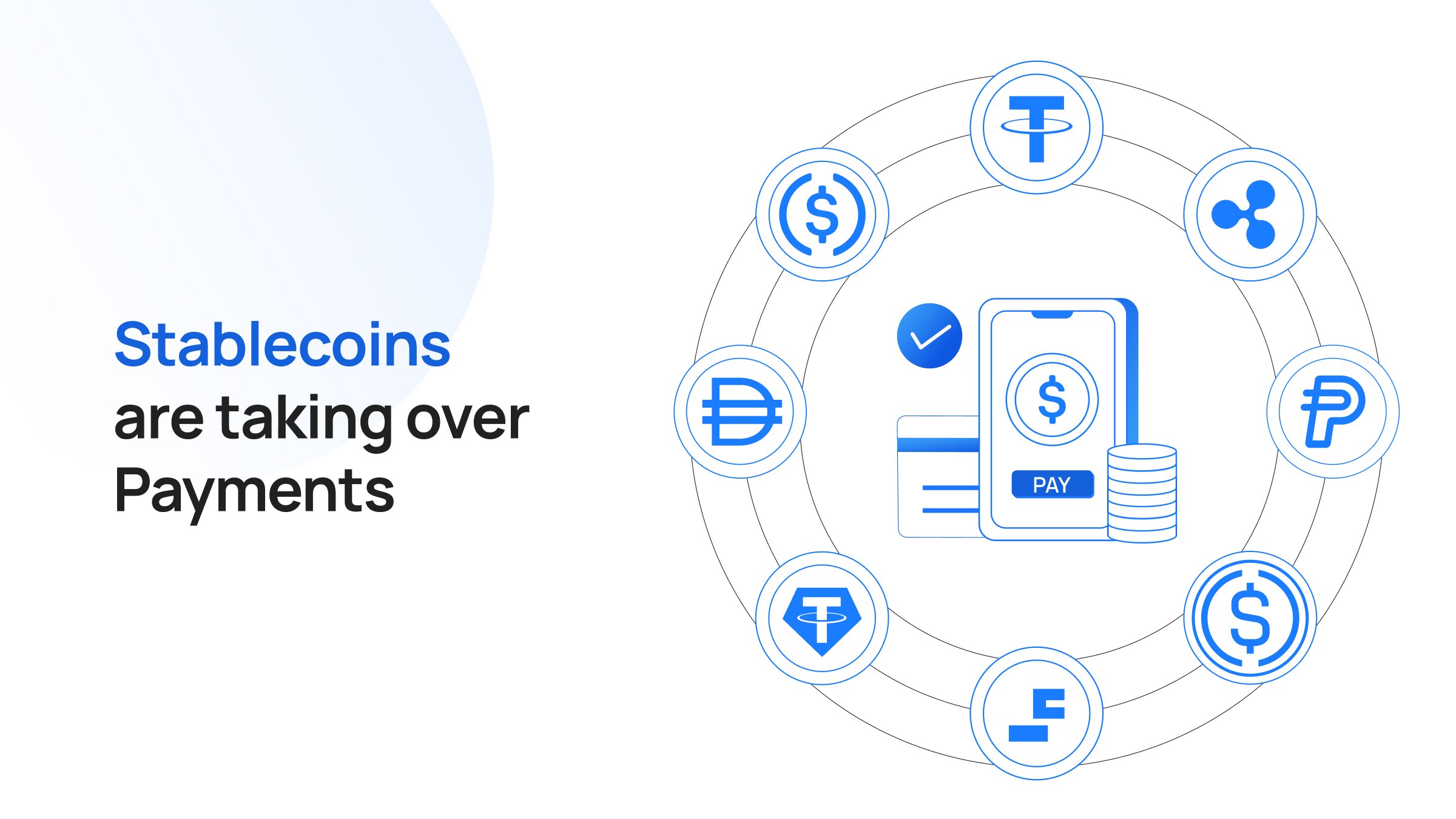Takeaways
It’s been a year since MiCA was officially adopted in the EU. While the ‘grandfathering’ period doesn’t end until 2026, USDT’s delisting across EU exchanges and the rise of compliant Euro-pegged stablecoins point to MiCA’s impact on the stablecoin market.
Source: ESMA
MiCA lays down clear pathways for stablecoin issuers, sets compliance and reserve audit guidelines for tokens, and prioritizes investor interests above all. While it harmonizes regulations across the crypto sector and EU nations, it does have a few choke points that may alter the definition of stablecoins.
Why MiCA Is a Game-Changer for Stablecoins
MiCA elevates the bar for becoming a stablecoin issuer in Europe, requiring strong internal structures and local presence. Below are a few reasons why the framework is a crucial catalyst for stablecoin adoption in the European Union.
Clear Definition and Classification
Being a blanket framework for all crypto assets, MiCA doesn’t explicitly mention stablecoins. However, it defines two kinds of tokens:
- asset-referenced tokens, such as Maker’s DAI, which are pegged to a mix of currencies,
- and e-money tokens, such as Circle’s EURC, pegged to a single currency (in EURC’s case, the Euro).
The law bans algorithmic stablecoins, like Terra, from operating in the EU owing to their track record, risks from a lack of tangible banking, and to protect market stability.
For instance, following the MiCA implementation, Tether, due to its non-compliance, is being delisted from exchanges and losing its market share to MiCA-compliant stablecoins. If you are an EU resident, you can hold USDT, but you won’t be able to trade it on exchanges.
Uniform Licensing Across 27 Member States
Under MiCA, stablecoin issuers (and crypto asset service providers) can obtain a single license in one EU country and legally operate across all 27 EU member states and the wider European Economic Area (EEA). This concept is referred to as passporting rights.
This benefits both startups and established firms, allowing a company registered, say, in France, to offer stablecoin services seamlessly in Germany, Italy, and beyond.
The European Securities and Markets Authority (ESMA) will maintain a public register of all authorized entities and monitor cross-border operations for compliance.
Fresh Wave of B2C and B2B Adoptions
It is clear that users interested in DeFi and stablecoins would opt for compliant versions, given their accessibility. If exchanges and issuers operate in the EU, they must be authorized and list only compliant tokens. EURC, EURCV, and USDC are MiCA-compliant, and their market share is rising rapidly in the region.
Source: Kaiko
Similarly, businesses have the option to set up legal on-ramps to digital payments in:
- Payroll systems
- Settlement platforms
- Cross-border invoicing tools
- Gaming and affiliate services
For banks and businesses, stablecoins bring added capital efficiency, reduced costs, and increased speed to payments.
No Yields On Stablecoins
Stablecoins can no longer be yield-generating assets. The framework explicitly prohibits stablecoin issuers (specifically “crypto-asset service providers” from charging interest on e-money services.
Also Read: Passive Income With Stablecoins: What Are Yield-Bearing Stablecoins?
Source: EUR-Lex
MiCA pre-programs stablecoin functionalities as subservient to the banking systems. Stablecoins would only serve as fully backed payment rails or a medium of exchange. If you are an EU resident, you must not expect any yields on your stablecoin deposits.
Stablecoin yields average 2-3%, which is greater than the average interest rates on bank deposits. Regulated stablecoins offering yields might trigger a migration from traditional banks, reducing their reserves and credit creation capabilities.
Large Volumes Trigger Greater Oversight
MiCA includes a provision that if an EMT processes over 1 million transactions or EUR 200 million per day, it may be designated a “significant token.” That triggers stricter oversight by the European Banking Authority (EBA) and additional capital, reporting, and governance requirements.
This two-tiered approach allows smaller players to innovate while ensuring large-scale operators are regulated with systemic risk in mind.
Think of it as graduated regulation with built-in incentives for responsible growth.
Dollar-Pegged Stablecoins Lose Sheen
MiCA provisions a strict daily limit on the use of certain types of stablecoins. For instance, if a foreign currency or asset-backed stablecoin processes 1 million transactions or transactions worth 200 million euros daily, the issuers must either reduce their usage or cease operations.
In other words, if the token is used too widely as money (especially one referencing non-euro currencies), regulators can intervene to limit or stop its use to protect the EU’s monetary system.
Source: EUR-Lex
Although dollar-pegged stablecoins aren’t banned, the provision deters issuers and users from engaging in the issuance and use of US dollar-pegged stablecoins.
As a result, compliant EU-pegged tokens with monthly reserve attestations are gaining users. In 2024, compliant tokens like EURC and EURCV held 90% of the euro-based stablecoin market. This also aims to reduce the share of dollar-pegged stablecoins in the EU region.
DeFi Will Evolve
DeFi would also ultimately evolve. Without stablecoin yields, the average DeFi user would be attracted to a platform that’s easier to navigate and offers tiered risk products, like traditional investments, to suit different risk appetites.
Seamless wallet integrations, a user-friendly interface, and insurance-backed platforms would rule the DeFi scene. The deal is to make DeFi as similar as TradFi. Currently, DeFi platforms don’t fall under MiCA compliance. But 25 platforms have filed for Crypto-Asset Service Provider (CASP) licenses under MiCA.
Banks Will Still Run The Financial Systems
MiCA rules ensure banks keep their core proposition of handling money and creating credit, while stablecoins serve solely as payment rails.
Stablecoin issuers are required to keep 30% of their reserves in low-risk commercial banks within the EU. For bigger players, this percentage is 60%. Also, European central banks and national banks aren’t required to comply with MiCA rules. We already have a handful of banks issuing stablecoins. For instance,
Societe Generale’s digital asset arm, Forge, issued EURCV.
Together, stablecoin issuance backed by their reserves would generate more liquidity and credit creation capabilities. Banks can also participate in DeFi and launch their regulated DeFi lending and borrowing services.
Also Read: Navigating the New FCA Regulations: A Look at Transak's Path Ahead for UK based Users
Conclusion
In web3, regulatory clarity is the new product-market fit. Without it, institutions hesitate, startups stall, and users stay sidelined. MiCA addresses that head-on, offering a blueprint for stablecoin issuance, circulation, and redemption that matches (or in some cases exceeds) the rigor of traditional financial instruments.
If you’re building in the stablecoin space and not thinking about MiCA, you’re missing the biggest regulatory tailwind since PSD2.






